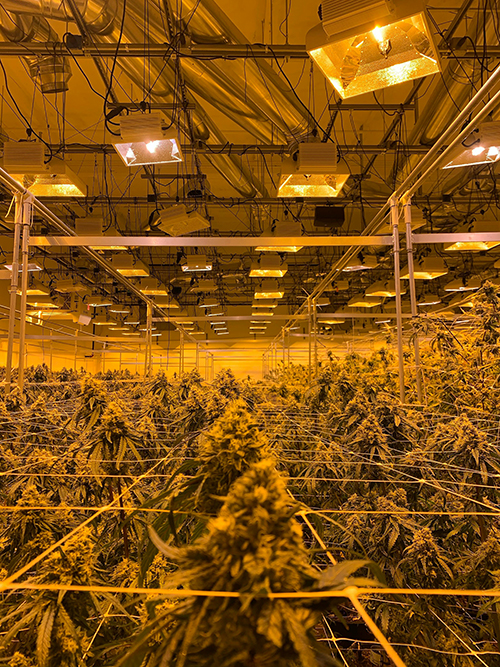The Role of Light Deprivation in Plant Cultivation Cycles
In the ever-evolving world of agriculture, growers are constantly seeking innovative methods to optimize plant growth and enhance crop yield. One such technique gaining popularity is light deprivation in plant cultivation cycles. This method involves strategically manipulating light exposure to control the flowering and fruiting stages of plants, resulting in more robust and prolific crops. In this article, we will delve into the science behind light deprivation and explore its applications in modern agriculture.
Understanding Light and Plant Growth:
Light is an essential factor in photosynthesis, the process through which plants convert light energy into chemical energy, fueling their growth. Different wavelengths of light influence various aspects of plant development, with red and blue light being particularly crucial for photosynthesis. Plants also rely on periods of darkness, during which they undergo respiration and other vital processes.
The Role of Light Deprivation:
Light deprivation, also known as light manipulation or light control, involves carefully regulating the duration of light exposure to encourage specific stages of plant growth. This technique is particularly valuable for crops that exhibit photoperiodic responses, meaning their flowering and fruiting processes are triggered by changes in light cycles.

- Extended Vegetative Growth: Light deprivation is often employed to extend the vegetative growth phase of plants. By providing more hours of light during the day, growers can delay the transition to the flowering stage. This prolonged vegetative phase allows plants to develop larger and more robust structures, such as leaves and stems, contributing to overall plant health.
- Controlled Flowering and Fruiting: For plants that require specific day-length conditions to initiate flowering, light deprivation can be used to control the onset of this crucial stage. By adjusting the length of daylight and darkness, growers can synchronize flowering across crops, leading to more uniform and predictable harvests. This precision is especially valuable in commercial agriculture.
- Year-Round Cultivation: Light deprivation techniques are instrumental in enabling year-round cultivation, independent of natural light cycles. This is achieved by providing supplemental light during periods of reduced sunlight, allowing growers to maintain consistent production levels throughout the year. Greenhouses and indoor cultivation facilities often utilize light deprivation systems for this purpose.
- Increased Cannabinoid Production: In the cultivation of certain plants, such as cannabis, light deprivation is employed to enhance the production of specific compounds, such as cannabinoids. By manipulating light cycles during the flowering phase, growers can influence the chemical profile of the plant, leading to higher concentrations of desired compounds.
- Energy Efficiency: Light deprivation systems can contribute to energy efficiency in indoor cultivation. By harnessing natural sunlight and supplementing it with artificial light only when necessary, growers can reduce energy consumption, lowering operational costs and environmental impact.
Conclusion:
Light deprivation has emerged as a powerful tool in the hands of modern cultivators, providing precise control over plant growth cycles. From extending the vegetative phase to influencing flowering and fruiting, this technique offers versatility for a variety of crops. As agriculture continues to evolve, the integration of innovative methods like light deprivation promises to redefine the possibilities of crop cultivation, ultimately contributing to sustainable and efficient food and resource production. You can find greenhouses with light deprivation packages at Full Bloom Greenhouse.
